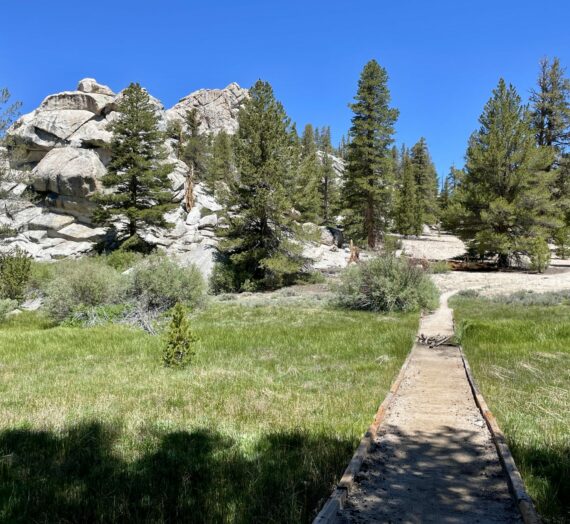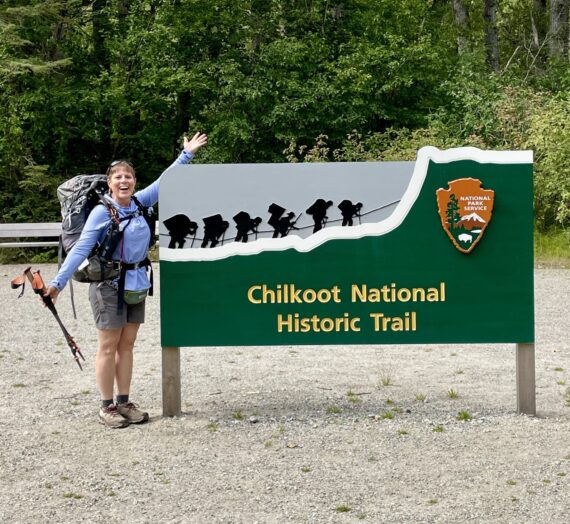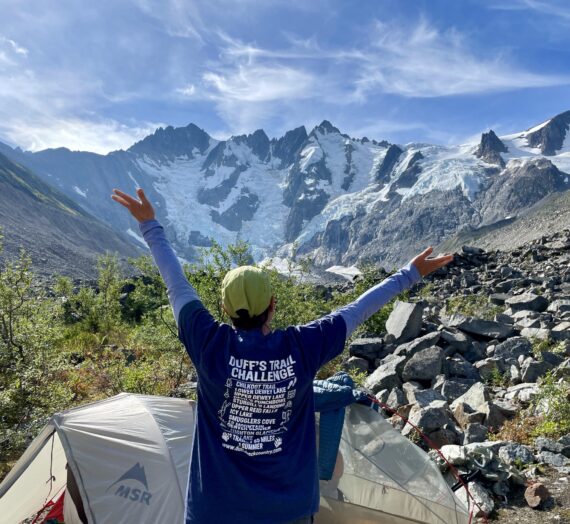Are you ready for a very special train ride? Welcome aboard the White Pass and Yukon Route Railroad! As we travel north from Skagway, Alaska, through British Columbia and on to Carcross, Yukon, we will pass through incredible landscapes that have many stories to tell. Let’s start with a little history.





Life Along the Inside Passage in the 1870’s
If you were visiting Southeast Alaska and the Inside Passage in the 1870’s, you could have met some gold prospectors poking around the streams. You might have seen some fur trappers and traders decimating the seal and sea otter population, selling their goods to Hudson Bay Company and Russian trading ships. Tourists were already exploring these waters and the healthy mountain air as far north as Haines, Alaska. And there was also a vibrant and wealthy population of Tlingit Native Indians with a vast amount of resources along the coast. Because of this bountiful location, they had established a network of coastal trade routes and trails into the interior of the Yukon trading with Tagish First Nation People of Canada and the Athabaskan Native Americans of Alaska.
About this same time, the US and Canadian Governments created a surveying party to establish a new outpost and trail up and over the Coast Mountains. Enter Captain William Moore. He and a Canadian named Ogilvie started scouting around the area and liked what they saw in the deep-water port at the end of Lynn Canal. Then, they followed the river system up and over the mountains, naming the low-elevation notch White Pass.
The Origins of Skagway
After their expedition in 1886, William Moore returned to that deep-water port, plotted a 160-acre homestead and named it Moorsville. (Very creative, William!) Soon after, his son joined him and together they built a sawmill, a wharf, and started improving on their White Pass Trail. He was sure that this area was ripe for development and he wanted to be ready when the boomtown came to him. He was right!


In 1897 (eleven years later), the discovery of gold nuggets created a stampede of dreamers to the Klondike region of the Yukon, Canada. Tens of thousands of hopeful “Stampeders” or “Klondikers” filled steamships in San Francisco, Portland, Seattle and Vancouver and sailed up the west coast through the Inside Passage as far as Moore’s newly built wharf in Moorsville. But when they came ashore, William Moore was nowhere to be found -he had taken a job delivering the mail which kept him away for months at a time. So, they picked up his cabin, moved it aside, plotted out a town and promptly named it Skagway; which is a Tlingit word meaning “home of the north winds.” Really, this was a much more appropriate name as Skagway is quite windy!


So, because Skagway was at the north end of the waters of the Inside Passage and the beginning of the land route into the Klondike region of the Yukon, it became the “gateway” to the gold fields. From here on, the journey north was 600 of the most brutal miles imaginable. If you want to know more about it, I wrote the whole story in my last post: Alaska Coach Tour: The Klondike Gold Rush and Panning for Gold.
In this post, I’ll just summarize the journey of the hopeful prospectors over the rugged Coast Mountains.
Which to Choose…the Chilkoot or White Pass Trails?
There were two routes to get up over the mountains, and the route that a man chose was based on who he believed. The first route was a famously short but very steep Chilkoot Trail. You may have seen the iconic photographs of the Klondikers carrying their supplies up the steep mountain pass. (I’ll talk more about that route when I actually hike this trail in a future post.)
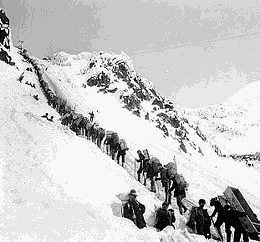
Hopeful prospectors climbing the Chilkoot Trail during the Klondike Gold Rush of 1897-1898
The other trail was the White Pass Trail which was William Moore’s original route over White Pass. Compared to the Chilkoot Trail, the White Pass Trail seemed much easier; it was lower in elevation and supposedly wide enough for stock animals to help carry supplies. Of course, none of that was true. The trail itself was extremely narrow with one side hemmed in by a steep rock wall, and the other side a sheer cliff into the frothing river below. Knee-deep mud and rocks made it grueling for both animals and humans alike.
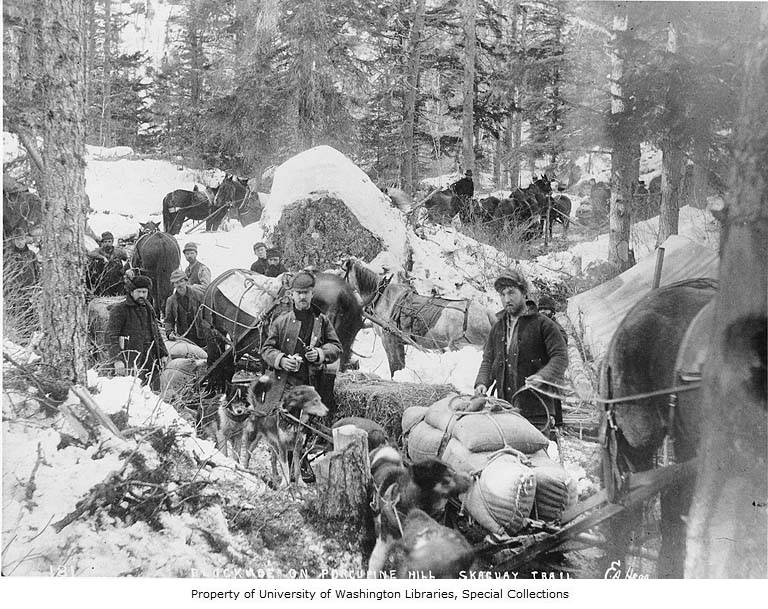
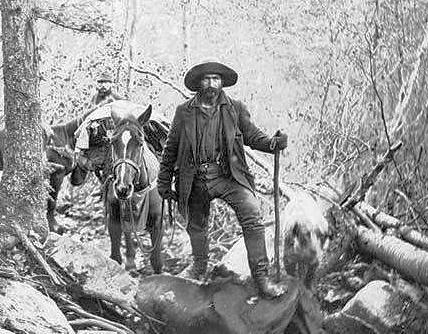
The White Pass Trail = the Dead Horse Trail
There are brutal accounts of the conditions along this trail. The animals were malnourished and maltreated, breaking their legs in the rocks or falling over from pure exhaustion. At one point, there were carcasses of over 3,000 horses lying all along the route. A man by the name of Jack London came over this trail and went home to write some stories about it. He’s the one who penned the colloquial name for this trail as “the Dead Horse Trail”. It was really awful.
The Making of the White Pass and Yukon Route Railroad
By 1899, the flow of prospectors to the north had subsided, and financiers were starting to think that the grade of the White Pass Trail (what there was of it) would be much better used as the grade of a railroad reaching into the interior. On a chance encounter with Michael Heney, who had already built the Canadian Transcontinental Railroad, the funders asked if it was possible to build a railroad through such a rugged pass. After surveying the route, he agreed it could be done with a lot of dynamite.
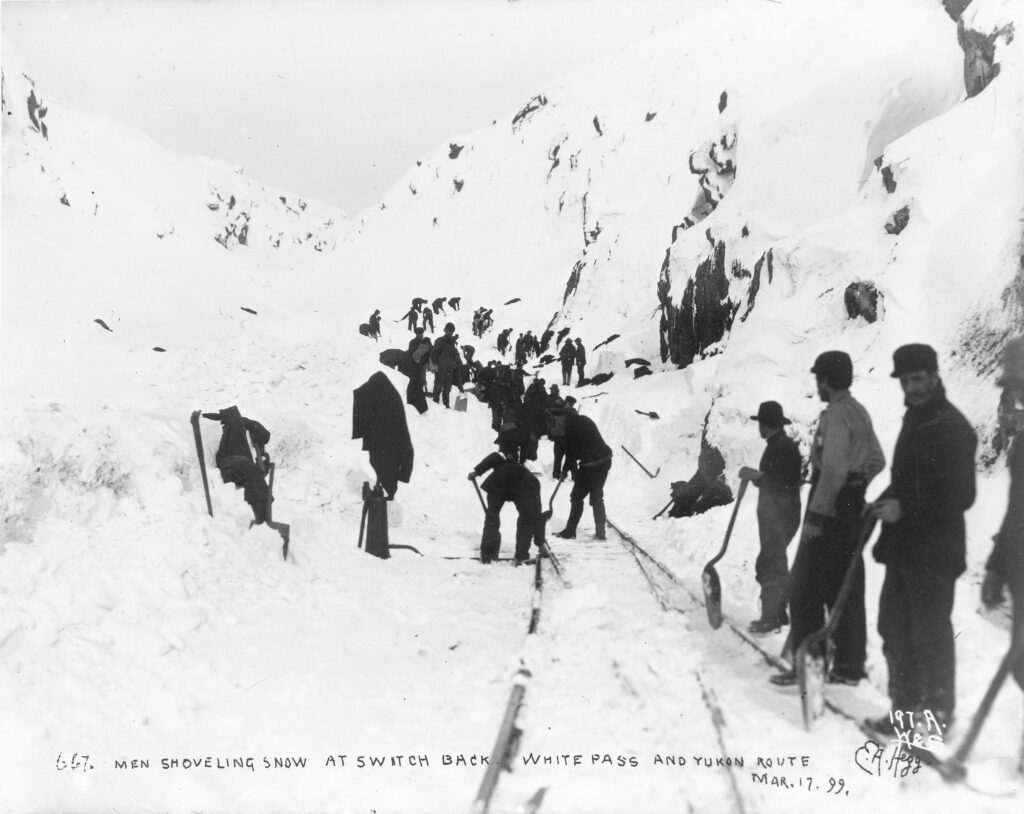
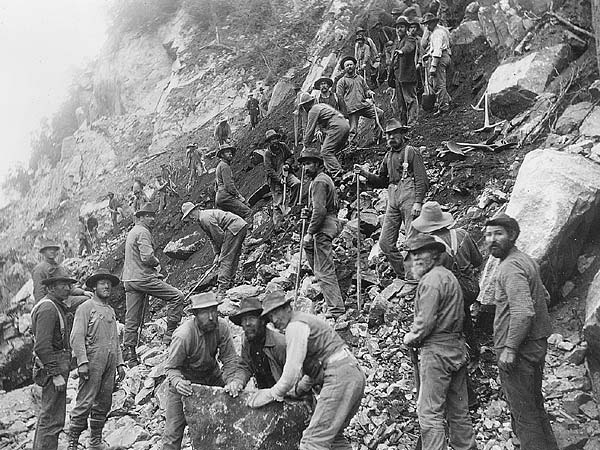
The White Pass & Yukon Route Railroad was built in two years, two months and two days by 35,000 men. It was completed in 1900. They used 450 tons of explosives to carve out two long tunnels and develop narrow passages around steep mountain cliffs. They built it as a narrow gauge, which means that the distance between the tracks are only three feet wide. This decision not only saved time and resources, but it gave the train a smaller footprint which maximized its turning radius around the sharp 16 degree curves.
Once complete, the Railway was considered an engineering marvel of its time, and only 35 people had died in the process of building it. Turns out, Mr. Heney was quite a stickler for safety: absolutely no drinking, no smoking and no gambling on his railroad crews.
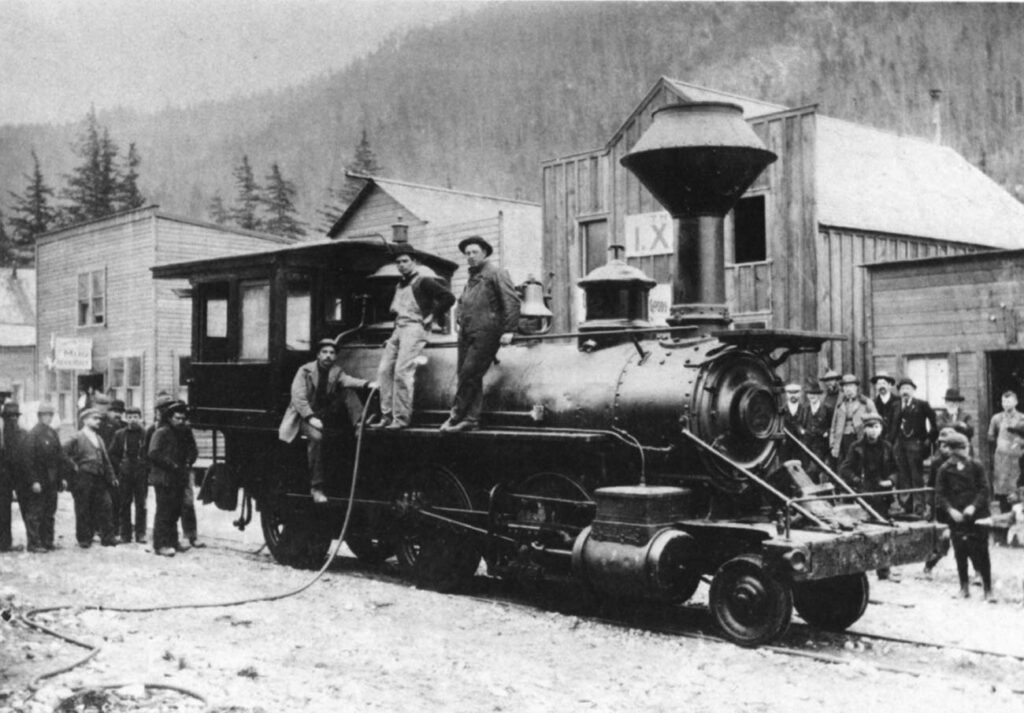
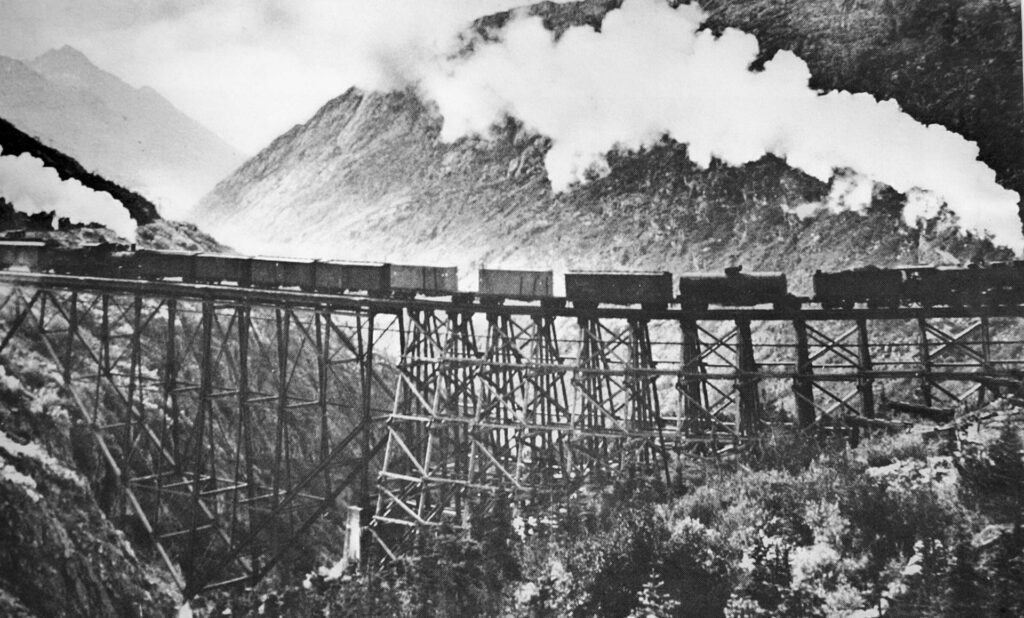
The original steam engine and the Steel Bridge along the route. When completed in 1901, this bridge was the highest cantilever structure in the world.
For many years, the railroad ran 110 miles from Skagway, Alaska to Whitehorse, Yukon transporting supplies and ore to and from the interior of the Yukon. In 1942, the US Army leased the train to haul supplies up to the construction site of the Alcan (Alaska-Canadian) Highway. After the war, the train was returned to the parent company who ran it until the 1980’s when it was deemed no longer cost effective to operate.






Historic White Pass and Yukon Route railway stations of Skagway, Alaska; Fraser, British Columbia; Bennett City, British Columbia; and Carcross, Yukon
In the 1990’s, a company bought the White Pass and Yukon Route Railroad and turned it into the tourist excursion we have today. Then, in 1994, the railroad was designated an International Historic Civil Engineering Landmark, a distinction it shares with the Eiffel Tower and the Panama Canal. Today, it is one of only four narrow gauge railways still operating in the US.
All Aboard!
Here in Skagway, we’re really proud of our historic train. All of the cars are original to the late 1800’s and early 1900’s. Although most of the engines are now diesel-electric, the old steam-engines still run the track a few days a week.
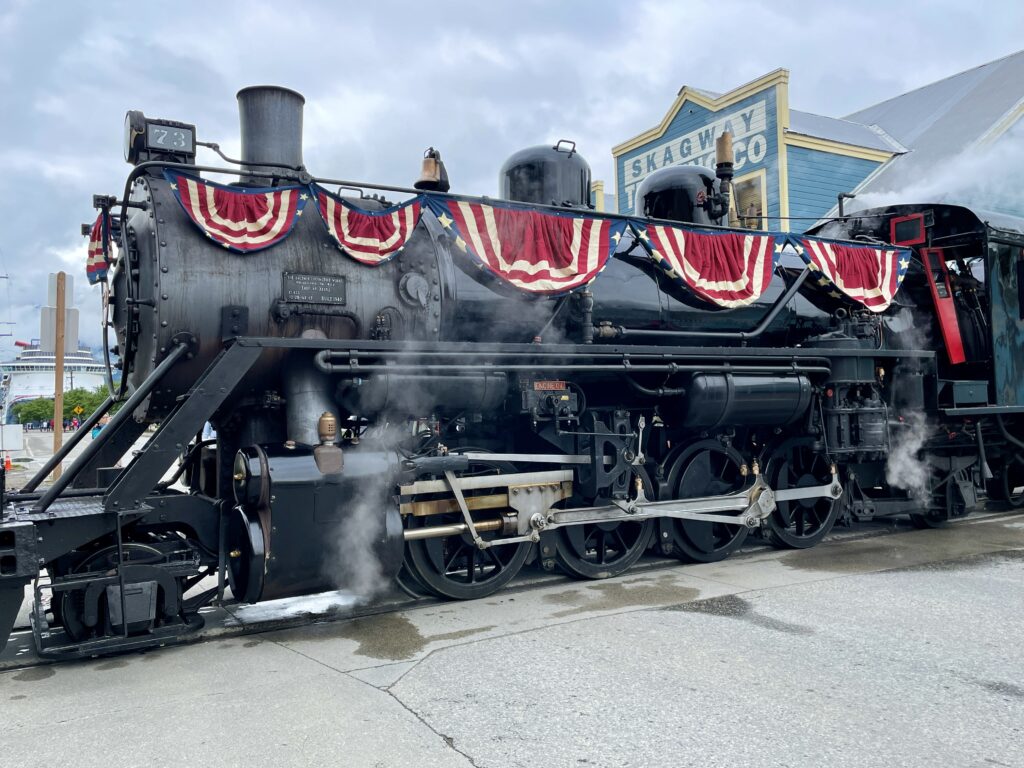
Would you care for a ride? You can join me and Alaska Coach Tours for a journey to Canada on the train! On my days off, I get to ride the train, too!


Today, there are several trains that run up and down the tracks, taking passengers to Fraser, British Columbia, or all the way to Carcross, Yukon. In the spring, the snowy mountains steal the show. In the summer, maybe you’ll see a bear or some caribou from your car. And in winter, the fall colors are in flame. Each year, over 400,000 visitors ride the White Pass and Yukon Route Railroad, so whenever you come aboard, we promise it will be an experience to remember!




For so many reasons, a ride on the historic White Pass and Yukon Route Railroad is a very special experience. And of course, it’s a beautiful ride, too!















I hope you enjoyed the journey!

